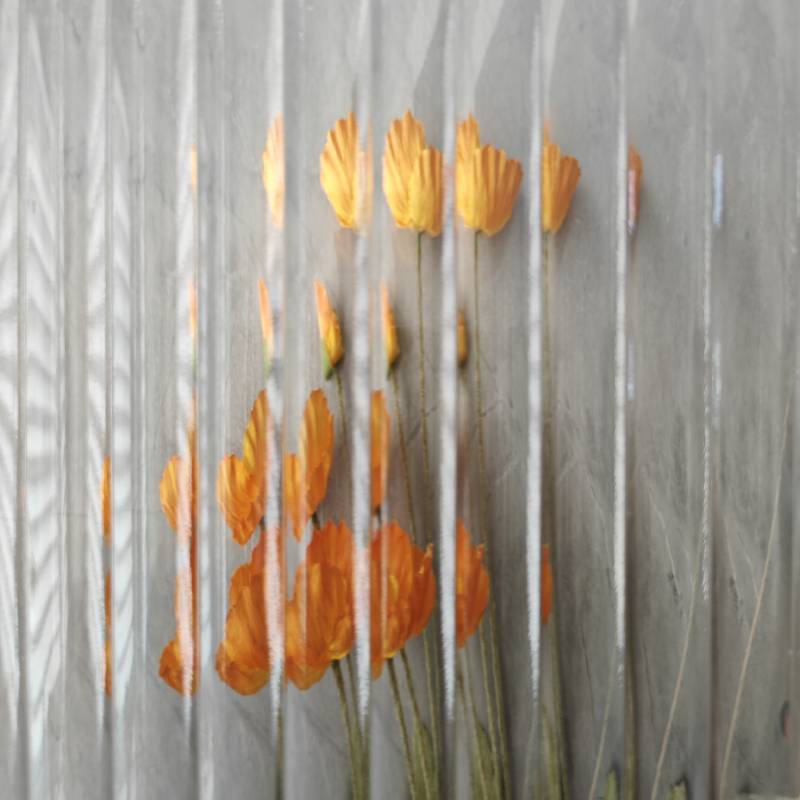

The Allure of Coloured Float Glass A Comprehensive Exploration
Coloured float glass, a material that has captivated architects, designers, and artists alike, has become an essential component in modern architecture and interior design. By infusing vivid hues into transparent glass, this versatile material not only serves practical purposes but also enhances the aesthetic appeal of various structures. This article explores the characteristics, production processes, applications, and cultural significance of coloured float glass.
Characteristics of Coloured Float Glass
Coloured float glass is notably recognized for its clarity and uniform thickness, which results from the float glass manufacturing process. This technique involves floating molten glass on top of molten tin, creating a smooth, flat surface. The color is typically introduced during the melting stage by mixing raw materials with ceramic pigments or metal oxides. This process ensures that the color permeates the glass uniformly, resulting in consistent hues that can withstand damage from UV light, weathering, and physical wear.
The range of colors is virtually limitless, from deep blues and greens to bright reds and yellows. Each color offers different optical properties, affecting the way light interacts with the glass. Translucent options allow for light diffusion while maintaining privacy, whereas clear colored glass can enhance a space by allowing natural light to permeate while adding a touch of color.
Production Processes
The production of coloured float glass involves several intricate steps, ensuring that the final product meets high-quality standards
. First, raw materials, including silica sand, soda ash, and limestone, are meticulously mixed with coloring agents depending on the desired hue. The mixture is then heated in a furnace to over 1,700 degrees Celsius until it melts into a molten state.Once molten, the glass is poured onto a bed of molten tin, where it spreads out to form sheets. The surface is then allowed to cool gradually, preventing any warping or imperfections. After cooling, the glass is cut into sheets of varying sizes. The addition of color during production not only affects the appearance but also enhances the strength of the glass, making it suitable for various applications.

Applications of Coloured Float Glass
Coloured float glass has transcended traditional uses, finding applications across various sectors. In architecture, it adorns facades, windows, and skylights, adding an artistic flair to buildings while efficiently managing light. This application not only enhances the building's energy efficiency, reducing reliance on artificial lighting, but also contributes to its overall environmental sustainability.
In interior design, it is employed in furniture, decorative partitions, and splashbacks, creating vibrant and inviting spaces. Public spaces, such as museums and galleries, utilize coloured glass to draw attention to exhibits while simultaneously allowing for innovative designs that promote an immersive experience.
Moreover, in the automotive industry, coloured float glass is often used in windshields and windows, ensuring safety while also contributing to the vehicle's aesthetic appeal. The use of colored glass enhances branding and visibility, giving each car a unique character.
Cultural Significance
Culturally, coloured float glass has been employed in various artistic endeavors, from stained glass windows in churches to modern art installations. These creations not only serve functional purposes but also symbolize deeper meanings, reflecting light as a metaphor for hope, awakening, and spirituality. Contemporary artists leverage the transparency and color of float glass to create thought-provoking works that challenge perceptions of reality and space.
In conclusion, coloured float glass is a remarkable material that seamlessly blends functionality, aesthetics, and cultural significance. Its versatility and beauty make it a staple in architecture, design, and art. As technology advances and new color possibilities emerge, the future of coloured float glass holds exciting prospects for creativity and innovation, continuing to inspire generations to come. Whether enhancing the skyline of a city or creating serene personal spaces, coloured float glass remains an enduring symbol of artistry in architecture.